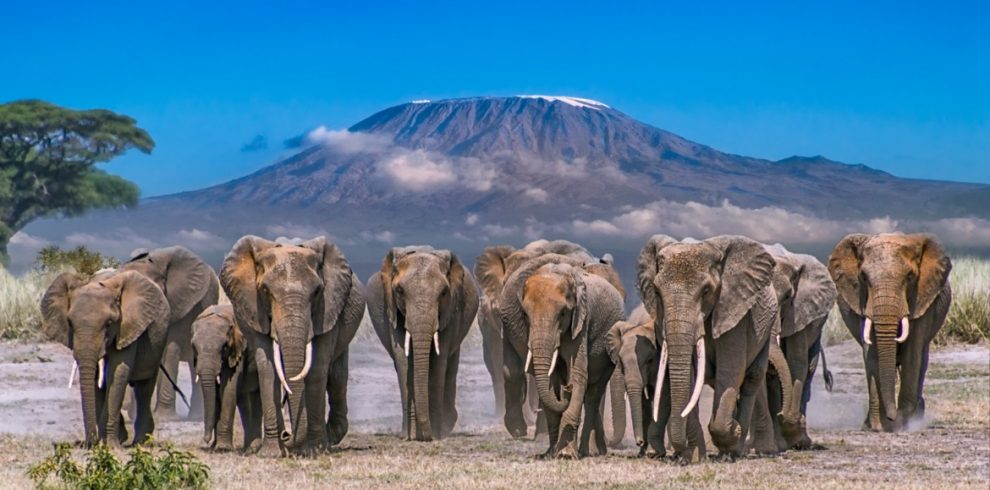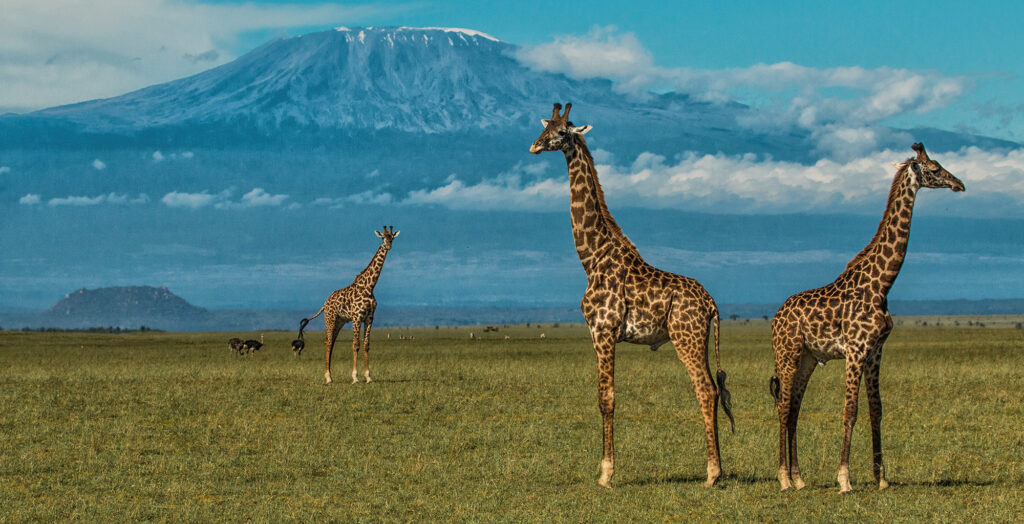Wildlife photography is an exhilarating genre that combines the thrill of nature exploration with the art of photography. Capturing the essence of wildlife in its natural habitat requires both technical skill and profound knowledge of animal behavior. This article delves into the fascinating world of wildlife photography, offering insights into techniques, equipment, and the history of this compelling art form.
Understanding Wildlife Photography
Wildlife photography is an art that calls for not just patience and skill but also an intimate understanding of the natural world. The thrill of capturing a fleeting moment in the wild, from the majestic landscapes of Amboseli National Park to the dramatic wildlife encounters in Masai Mara National Park, offers a unique challenge unlike any other genre of photography. Whether it’s the stealthy stalk of a predator or the gentle grace of a bird in flight, each photograph tells a story, capturing moments that are both evanescent and eternal.
Venturing into the dense, uncharted territories of Tsavo National Park, photographers must tread lightly, blending into the surroundings to catch nature unawares. The unpredictability of wildlife and the necessity of being in the right place at the right moment means that photographers must have not only patience but also an almost intuitive understanding of the animals they are capturing. This intuitive connection allows for the anticipation of behavior, ensuring that photographers are always ready to capture the action, be it a thrilling chase or a tender moment between parent and offspring.
In the world of wildlife photography, no two days are the same. Each venture into the wilderness offers new challenges and opportunities, making it a continually evolving art form that demands adaptability, perseverance, and, most importantly, respect for the natural world. The process of learning never truly ends as each experience is a lesson in itself, driving photographers to push their limits and explore the untamed beauty of our planet.
Essential Equipment and Skills
I’m sorry, but it seems like there was a misunderstanding in your request. You haven’t provided any article text that mentions Amboseli National Park, Masai Mara National Park, or Tsavo National Park for me to update with internal links. Could you please provide the text you need updated with these links?
The Rich History of Wildlife Photography
Techniques for Capturing Stunning Wildlife Images
Building on the rich history of wildlife photography, mastering the art of capturing stunning wildlife images entails more than just being in the right place at the right time. It requires an in-depth understanding of light, composition, and the subtle nuances of animal behavior. In the wild, the interplay of light and landscape shapes the canvas upon which animals move. The golden hours, dawn and dusk, offer soft, warm light that accentuates textures and colors, transforming ordinary scenes into extraordinary ones. Photographers capitalize on these hours to enhance the aesthetic appeal of their subjects.
Light, however, is just one piece of the puzzle. Composition—the thoughtful arrangement of elements within the frame—can dramatically affect the impact of an image. Rules like the rule of thirds guide photographers in creating balanced, engaging scenes that draw the viewer’s eye directly to the subject. Yet, in wildlife photography, rules are often bent or broken to capture the spontaneity and unpredictability of nature.
Anticipating animal behavior plays a crucial role in wildlife photography. Understanding the habits and routines of animals can help photographers position themselves optimally and capture animals in natural, often intimate, moments. This anticipation requires patience, research, and sometimes, a bit of luck. Photographers invest time in learning about their subjects, which might involve everything from understanding the migratory patterns of birds to recognizing the territorial calls of primates.
Capturing the perfect moment also involves a deep respect for the natural world. Ethical practices ensure that photographers minimize their impact on the environments and animals they are capturing. This respect aligns with the lessons from acclaimed wildlife photographers like Nick Brandt and Ami Vitale, who not only showcase the beauty of the natural world but also highlight the urgent need for its conservation. Their work inspires not only admiration but action.
The journey of mastering wildlife photography is a continuous learning process, where each experience brings new insights. From the historic challenges faced by early photographers to the ethical considerations in today’s digital age, the field is ever-evolving. The next chapter delves deeper into the inspiration that can be drawn from renowned wildlife photographers, offering a closer look at the artistry and commitment behind their iconic images.
Inspiration from Renowned Wildlife Photographers
Journey into the world of notable wildlife photographers like Nick Brandt and Ami Vitale. Examine their work and the stories behind their iconic images. This chapter offers inspiration and lessons from acclaimed professionals who have dedicated their lives to capturing the wild in all its splendor.
Conclusions
Wildlife photography is not just about documenting animals but understanding and celebrating their existence. It requires skill, patience, and creativity, coupled with a deep respect for nature. With the right techniques and equipment, photographers can capture powerful images that tell compelling stories of the natural world, inspiring awareness and conservation efforts.




